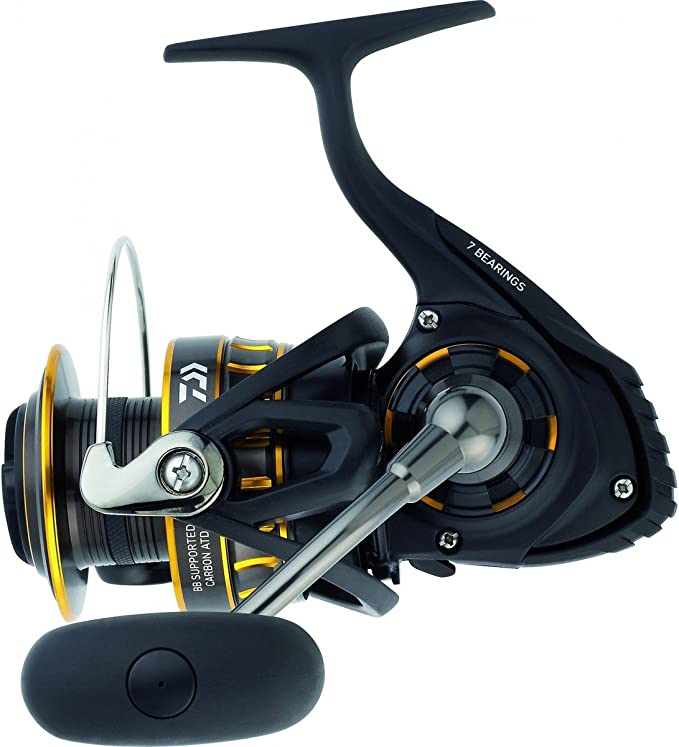The Physics of Reflection: High CRI Light and Thermal Defogging in Modern Mirrors
Update on Nov. 18, 2025, 8:57 a.m.
In the architectural hierarchy of a home, the bathroom mirror is often dismissed as a passive object—a simple reflective surface. However, functionally, it is a critical workstation. It is where we assess our health, apply intricate cosmetics, and prepare our public face. The limitations of a standard mirror are rooted in physics: poor lighting distorts color perception, and high humidity obscures visibility.
The Krugg 36x36 LED Mirror represents a shift from passive glass to active technology. By integrating High CRI (Color Rendering Index) Illumination and Thermodynamic Defogging, it addresses the two primary failure points of the traditional bathroom mirror: Spectral Distortion and Condensation.

The Spectrum of Truth: Why CRI 90+ Matters
Most bathroom lighting is an afterthought, often relying on standard LEDs with a CRI of 80 or less. CRI is a quantitative measure of a light source’s ability to reveal the colors of various objects faithfully in comparison with a natural or ideal light source (daylight).
- The “Missing” Red: Standard LEDs often lack sufficiency in the R9 value (saturated red). For human skin tones, R9 is critical. A light source with low R9 makes skin look washed out, greenish, or flat.
- The Krugg Standard: This mirror utilizes LEDs with a CRI of 90+. This means the spectral power distribution is significantly fuller, closely mimicking natural sunlight.
- Clinical Relevance: For tasks like applying foundation, shaving, or checking for skin health issues, accurate color rendering is non-negotiable. Under CRI 90+, you see the true undertones of your skin, ensuring that the makeup you apply indoors matches what the world sees outdoors. It transforms the mirror from a reflector into a precision instrument for color correction.

Thermodynamics vs. Fog: The Defogger Mechanism
The “fog” on a mirror after a hot shower is a demonstration of phase transition. Warm, moisture-laden air hits the cool glass surface. As the air near the glass cools below its Dew Point, water vapor condenses into liquid droplets, scattering light and destroying the reflection.
The integrated Defogger Pad solves this through resistive heating. * Thermal Equilibrium: By passing a small electrical current through a heating element adhered to the back of the glass, the mirror’s surface temperature is raised slightly above the ambient dew point. * Prevention, Not Removal: Unlike wipers, this system prevents condensation from forming in the first place. It creates a thermal barrier that keeps the water in its gaseous state, maintaining optical clarity even in a steam-saturated room. This feature transforms the post-shower routine, eliminating the need for frantic wiping and the resulting streaks.
Lighting Hierarchy: Task vs. Ambient
A common misconception, highlighted in user feedback, is that an LED mirror can replace the primary bathroom light. From a lighting design perspective, this is incorrect.
- Task Lighting: The Krugg mirror provides Front-Lit Illumination. This is directional light focused on the user’s face to eliminate shadows cast by overhead lights (which often darken the eyes and neck).
- Ambient Lighting: It is not designed to illuminate the entire room (lumens vs. lux). As noted by users, it should be paired with recessed ceiling lights or sconces to create a balanced light environment. The Dimmer Function allows the user to toggle between “precision mode” (100% brightness for grooming) and “ambient mode” (10% brightness for a nightlight aesthetic), managing the mood and utility of the space.
Interface and Materiality
The user interface relies on Capacitive Touch Sensors embedded in the glass. This technology detects the change in capacitance when a finger touches the glass surface, allowing for control without physical buttons that could collect grime or compromise waterproofing.
Structurally, the use of an Aluminum Frame serves a dual purpose: it provides a lightweight, corrosion-resistant chassis essential for humid environments, and acts as a heat sink for the LED strips, prolonging their lifespan (rated at 50,000 hours).

Conclusion: A Reflection of Science
The Krugg 36x36 LED Mirror validates the idea that even the most static objects in our homes can be improved through applied physics. It is not just a piece of decor; it is a finely tuned optical device.
By mastering the science of light spectrums and thermal dynamics, it solves the practical frustrations of the bathroom environment. For the user, this means a reflection that is not only clear but true—a daily affirmation of accuracy in a world that is often poorly lit.




















